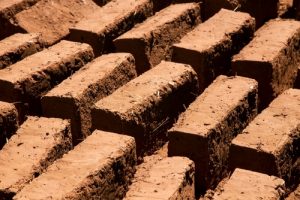RECLAIMED BRICK
Stone Farm is proud to offer historic reclaimed brick for a variety of modern applications. Salvaged from old factories, schoolhouses, famous city streets and plazas, recycled bricks present on opportunity to bring authentic, well-made pieces of history into your home or business.
Whether it's antique pavers from Boston City Hall or NYC's Greenwich Village, the building bricks of Baltimore's famous row houses and 19th Century New England textile mills, or the unique composition and colors of buildings salvaged overseas, our reclaimed brick is a great option for your project design.
Our recycled bricks are salvaged in one of two ways: they come up (from streets and walkways), or they come down (from buildings). They were designed for different purposes and environments, and are not necessarily interchangeable! Understanding their basic differences is crucial as you choose the material for your project.
Antique Pavers
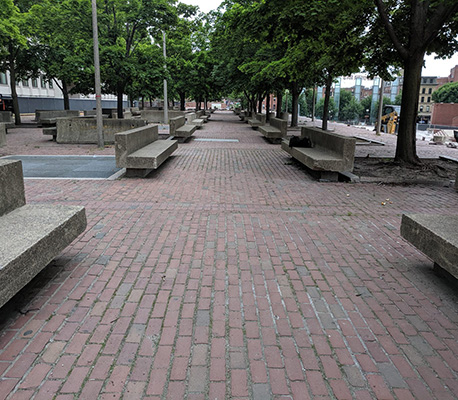
Brick pavers are made specifically to be used in the ground, outdoors and exposed to the elements. They differ from building bricks in several ways:
- They're dense and heavy
- They're designed to withstand heavy weights
- They're fired at higher temperatures, making them less porous and thus unlikely to absorb water
- They're designed to withstand abrasive contact and freeze-thaw cycles.
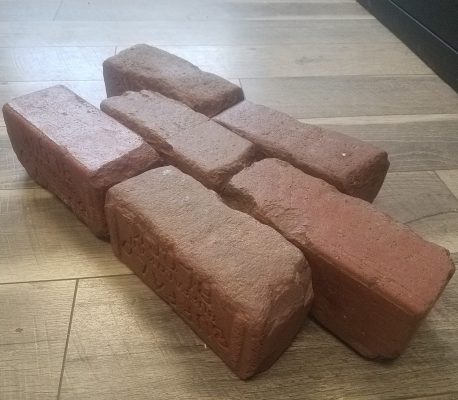
Reclaimed Face Brick
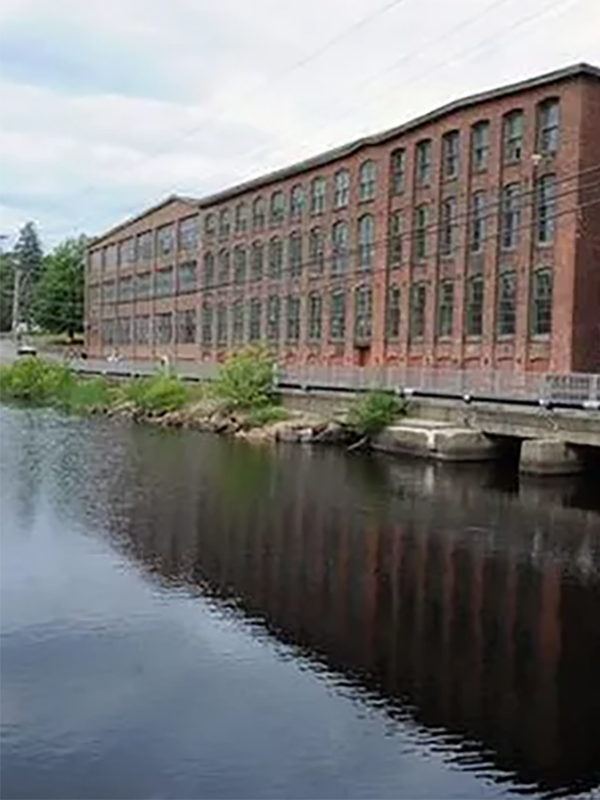
Our vintage brick is salvaged from the facing of historic buildings, thus the name face brick. It differs from what's known as common brick significantly:
- Face brick was designed to be aesthetically pleasing, while common brick was meant for internal, structural support.
- Mineral content of face brick clay and it's firing process produced greater variations in color.
- Finer particles in face brick clay resulted in smoother textures compared to common brick.
- Face brick was fired under more controlled conditions, resulting in greater uniformity of size and shape, while common brick size varied due to mass production.
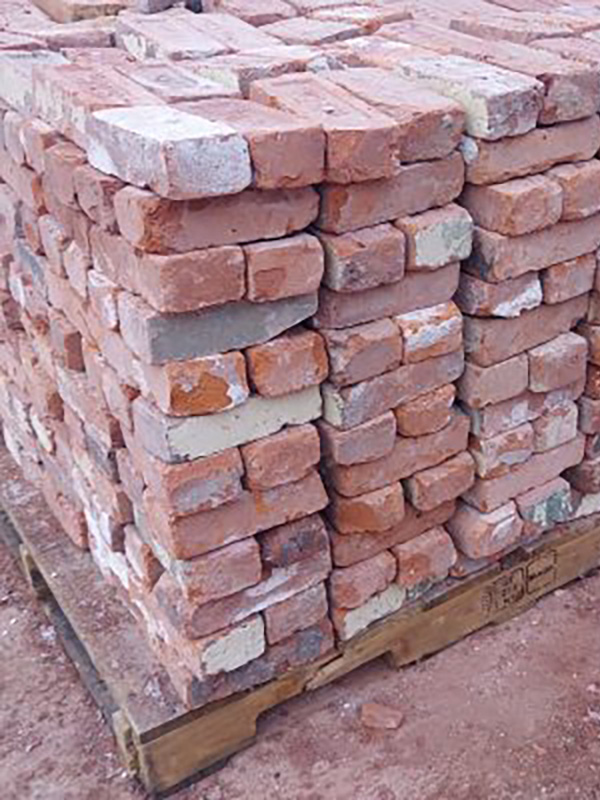
Thin Brick
We take our reclaimed brick (face brick) and slice it thin for easy installation as wall veneer or floor tile. While thin cut recycled brick is a modern innovation in the long history of building brick, it is perfect if your goal is a vintage, experienced look.
wall Veneer
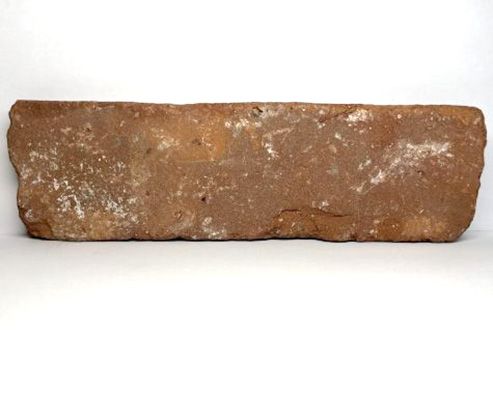
Our thin brick wall veneer is cut from the face of the brick (the side facing outward as part a building) giving it the realistic look of a brick wall when installed as tile.
Face Brick
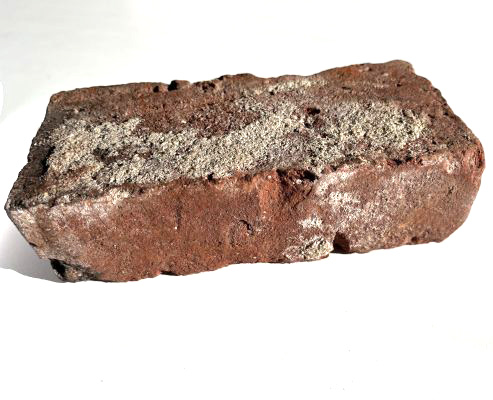
How we slice each face brick determines the use of the thin brick pieces.
Floor Tile
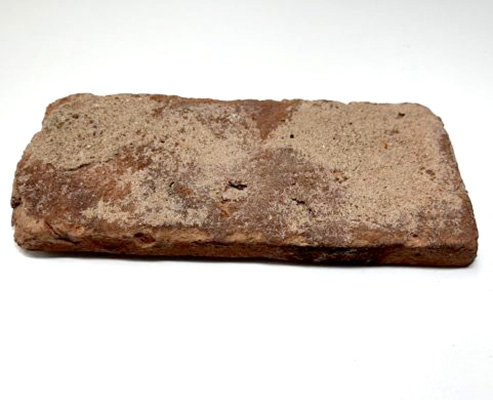
Our thin brick floor tile is cut from the top of the brick. Dimensionally, this "top cut" produces the same length and depth as our wall veneer, with a width roughly one inch greater.
WHY RECYCLED BRICK INSTEAD OF NEW?
Material Quality
- Older bricks were made from high-quality, locally sourced clay. Mineral deposits in that clay can differ from region to region, resulting in variations in color, intensity and texture.
- The mass production of modern bricks can result in variability in quality, due to the use of less robust, cheaper materials.
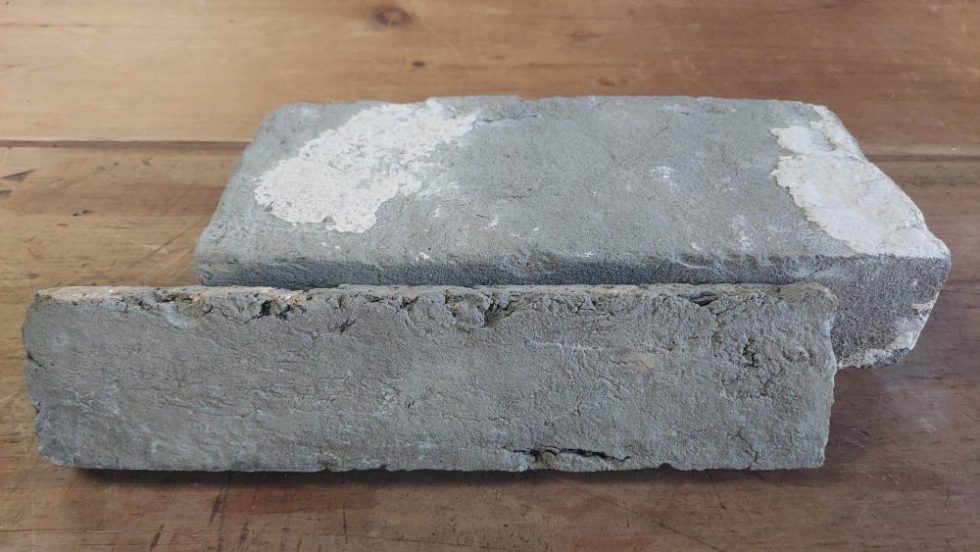
Durability
- Older bricks were often fired in smaller batches at very high temperatures, creating a denser, more durable product. Their survival through 100 years or more of exposure to the elements demonstrates the effectiveness of the techniques used to produce them
- Modern bricks are often hollow and not load bearing. Due to their lighter weight, they can be less durable and resilient.
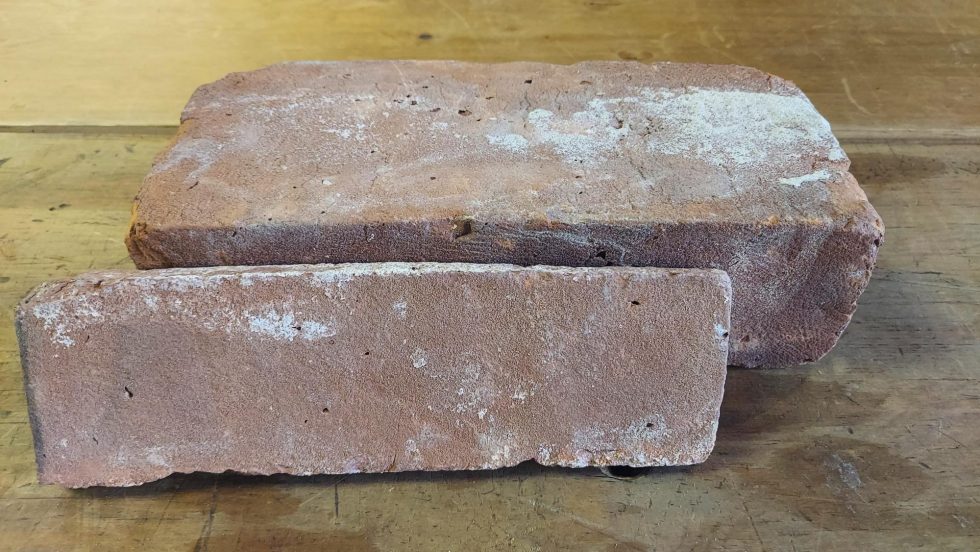
Aesthetic Value
- Due to both the method of their production and the effects of weathering, older bricks display variations in color and texture, as well as irregularities which combine to give them character, authenticity and historical charm.
- Modern bricks are uniform in shape and color due to mass production. They often evoke a generic, bland, clinical look.
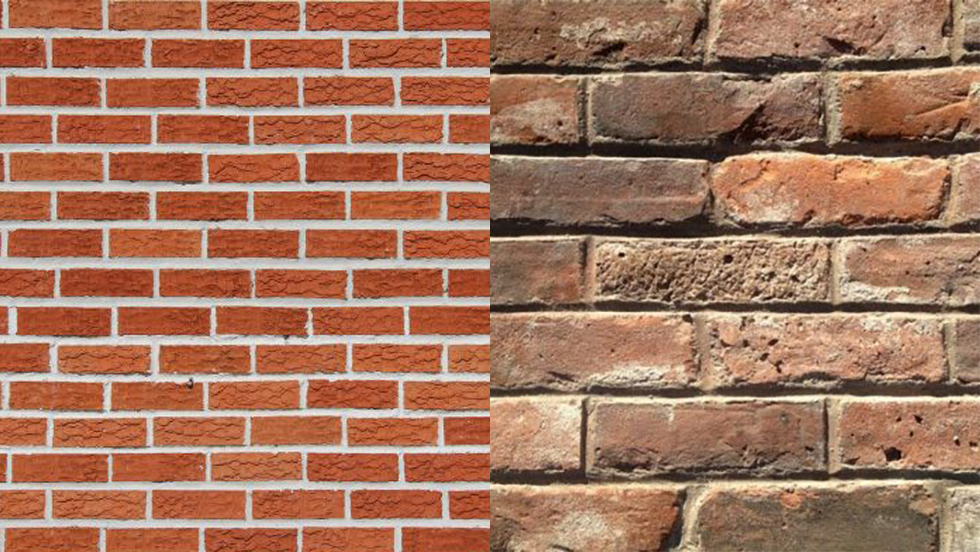
Environmental Concerns
- Using reclaimed brick is a sustainable practice. Reducing the energy and resources required to produce new material by incorporating recycled brick is environmentally conscious and efficient.
- Manufacturing new brick impacts the environment by increasing air pollution, soil degradation and landscape disruption.
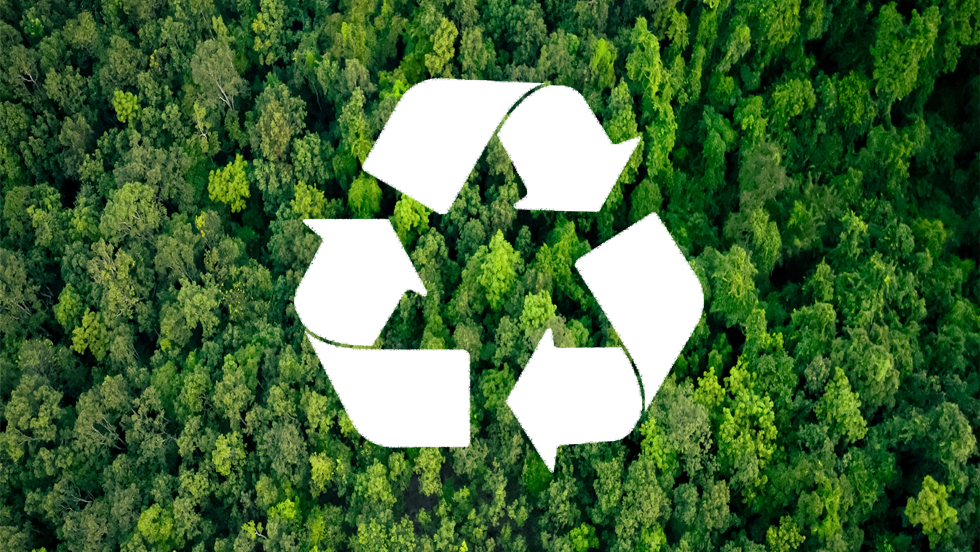
BRICKS & HISTORY
THE ORIGINS OF BUILDING BRICKS
